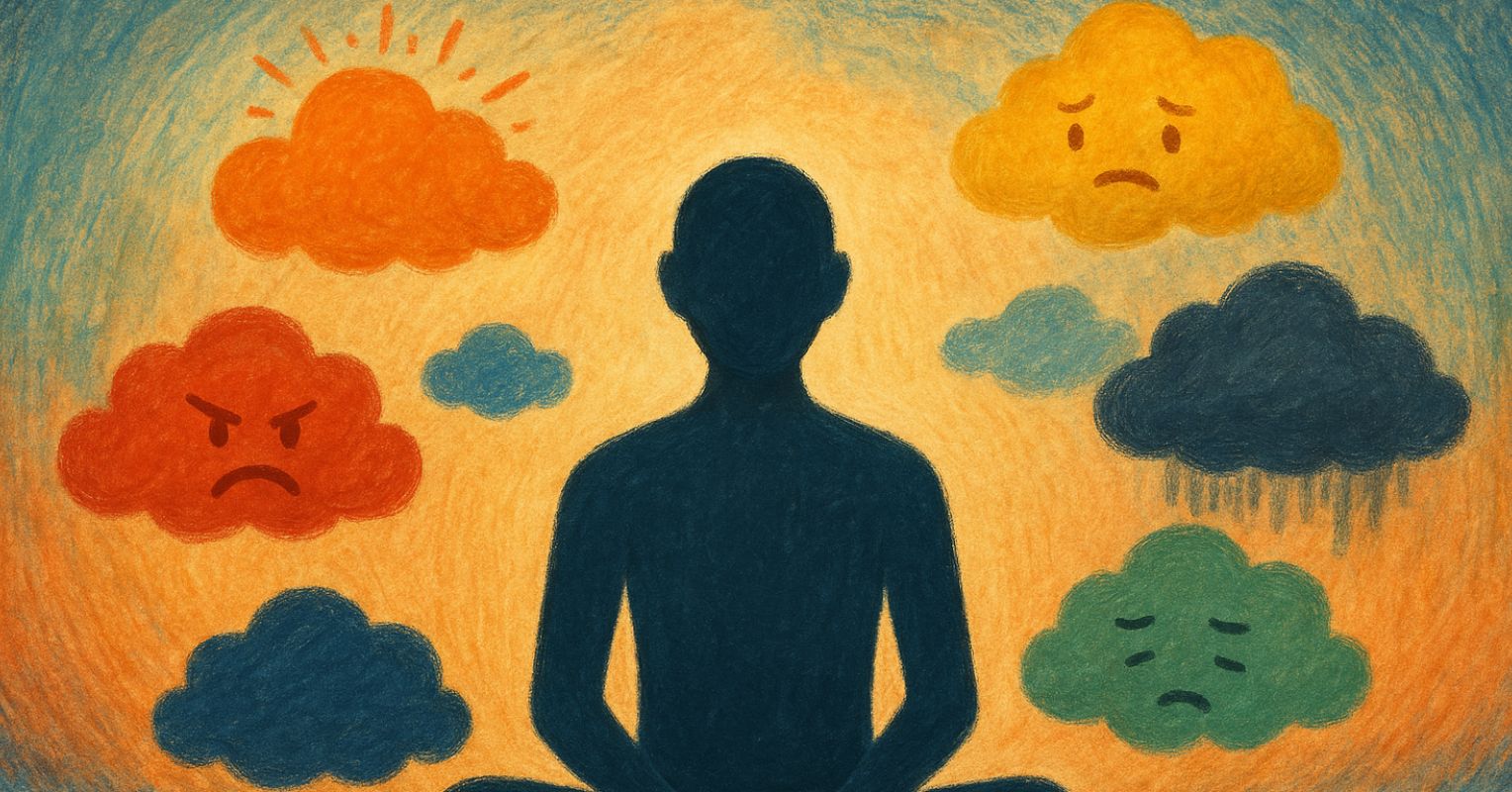
"All day long, we're swept along by inner weather. Emotions such as joy, irritation, craving, anxiety, fear, and boredom rise and fall like waves. Alongside them, our minds spin out an endless flow of thoughts: judgments, plans, fantasies, regrets. While emotions and thoughts are different processes, they feed into one another. An anxious thought sparks a racing heart; a restless body gives rise to catastrophic thinking. The two entwine until we can no longer tell which came first."
"But here's the key: Neither emotions nor thoughts is the real problem. They are natural, inevitable features of being human. The deeper difficulty lies in our relationship to them. For example, when we cling to joy, fight against fear, or mistake an anxious thought for truth. When we collapse into this identification, we become owned by our inner states rather than relating to them with compassion and wisdom."
Thoughts and emotions are distinct yet interwoven processes that generate recurring cycles of inner reactivity. Emotional states such as joy, irritation, craving, anxiety, fear, and boredom rise and fall like waves while the mind produces judgments, plans, fantasies, and regrets. Each can trigger the other, so anxious thoughts fuel bodily arousal and restless bodies provoke catastrophic thinking until origins blur. The central issue is identification with thoughts and emotions rather than the mental events themselves; clinging or fighting hands control to inner states. Practices that see, name, allow, and return to presence interrupt automatic patterns and cultivate awareness, compassion, and wisdom.
Read at Psychology Today
Unable to calculate read time
Collection
[
|
...
]